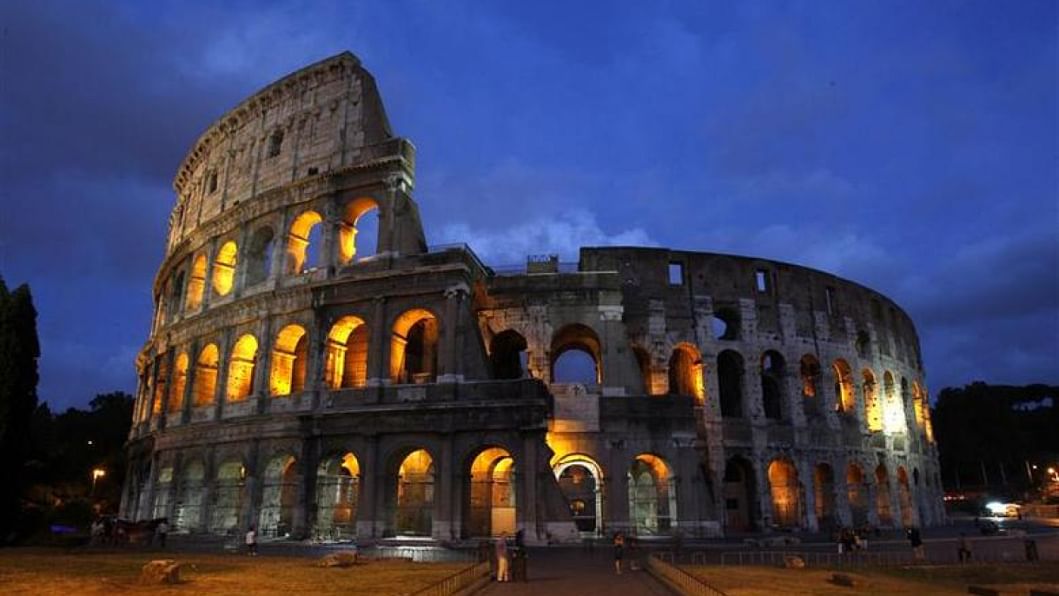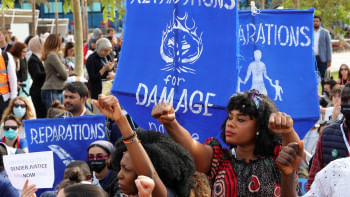World Expo 2030: Let Rome be the gateway to shared solutions to global problems

A stroll through downtown Rome is enough to understand why it earned the title of "Eternal City," and how well-deserved the title is. The many, deep layers of its history coexist folded together and overlapping in a harmonious whole. This historical stratification is invaluable for scholars, unique for the city's proud inhabitants, and fascinating for tourists from all over the world. For more than 2,000 years, the capital of Italy has offered an example of awe-inspiring continuity, thriving splendour, and a profound and diverse artistic richness. Now this city has offered its candidacy to host the World Expo 2030.
Rome did not base its proposal just on the potential for strong mediatic impact – nor did it intend to capture global attention merely by invoking its universal, historic fame. Instead, the city opted for a distinctive, succinct programmatic slogan that implies a clearly defined and comprehensive commitment, "People and territories: urban regeneration, inclusion, and innovation." This formula addresses a challenge that is common to all countries and relevant to the international community. It reflects the recommendations of the United Nations and of the most important multilateral forums today. Indeed, the themes selected by Rome concern the whole planet, because they point to unavoidable issues that will need to be addressed worldwide. The programme's implementation is many-fold as it includes development, diversity, sustainability, mobility, and digital connectivity. Rome intends to address these issues, while at the same time stimulating dialogue, developing consensual solutions, and pointing to a collective path.
The city of Rome is the metropolis with the highest number of green spaces in Europe. Its urban parks, historic villas, gardens, and nature reserves provide a precious balance – an integration of its citizens with nature that is centuries old. Furthermore, with its mild climate, it is the largest agricultural municipality in Europe. Intensive cultivation of edible crops within the city limits generates both employment and income. The resources used – water, raw materials, fertilisers – traditionally change only with the seasons' cycle, in keeping with an ancient tradition of mutual respect and shared prosperity. Here, too, the legacy of the past is not a burden but rather an inspiration, a springboard rather than a spectacle.
Rome has valued diversity since ancient times. Diversity has increased over time, becoming a fertile path to growth and cultural enrichment. Rome – in the centre of the Mediterranean, at the crossroads of three continents – has attracted ideas and talents that have found multiple ways to express themselves. The extraordinary conglomeration of art and civilisation we can find in Rome would not have been possible without a culture of sharing and welcoming. Throughout the districts of the city, and in the streets crowded with foreign visitors, the international and inclusive character of the capital is still clear today. The result is a unique blend of history, nature and people reflected in the quality of life, in the constantly renewed beauty, in the harmony of architecture and landscape.
The site chosen for the World Expo 2030 in Rome (if the city is given the task by the Bureau International des Expositions via vote next year in Paris) is located in a large, fully equipped area on the outskirts of the city, adjacent to one of its university campuses. This site truly represents the excellence of the scientific community's contribution to Rome's candidacy. The event is expected to take place in full compliance of the most stringent sustainability standards, with zero carbon dioxide emissions, reuse of materials, and respect for the life cycle of water, air, and energy.
The Roma 2030 logo is a stylised arch, which changes colour and gives life to infinite combinations. It is an NFT (non-fungible token) – in other words, a non-reproducible work of art. It connotes the solidity and elegance of ancient Roman monuments while embodying the reality of the digital present. It powerfully communicates its originating concept: the arch is an open door for new and different inputs and influences. It also suggests a joint path and a range of opportunities such as the co-creation of various national pavilions. Rome expects that, by the end of 2030, as many as 30 million visitors will have passed through that arch in order to admire the exhibition pavilions of 150 countries.
I have already had the chance to visit Dhaka before, and I am impressed with its exceptional development and fast urban regeneration during the last decade, with several infrastructural and residential projects in line with the Sustainable Development Goal No 11 of UN Agenda 2030.
Urban development with all related challenges, which a megacity like Dhaka is also facing due to climate change, migration flow and the increasing need for inclusion, will be duly discussed during Expo 2030 Rome in order to find new solutions, ideas and strategies together.
We do believe that Expo 2030 Rome will be the ideal occasion to further strengthen the partnership between our two countries – also considering the hundreds of thousands of Bangladeshi citizens living in Italy and actively contributing to both our economies – and to share traditions, ideas and resources for a common, better future.
Romeo Orlandi is special ambassador for Asia at Bid Committee Expo 2030 Rome.

 For all latest news, follow The Daily Star's Google News channel.
For all latest news, follow The Daily Star's Google News channel. 






Comments